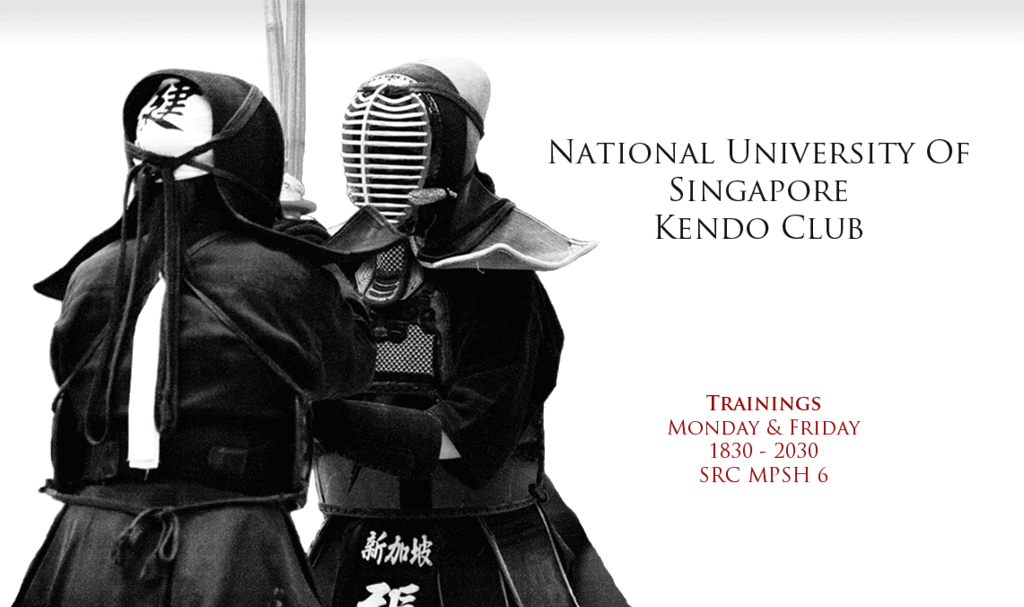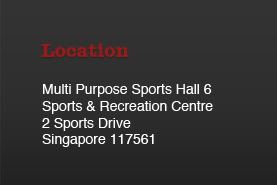Saturday, December 18, 2010
NUS Championship Series 4
The NUS Championship Series 4 was held on 13th December 2010.
Series 4 concluded the 1st NUS Championship--a new initiative by the club to promote shiai (tournament) experience through an internal tournament.
We invite Yong He, our captain and overall Men's Category champion, to share his thoughts.
--
Reflections on NUS Championship 2010By Yong He
Over the course of participating and organizing this year long event, I have learnt a lot both from the experiences in and out of the shiai-jo. After reviewing all the matches that I’ve fought throughout the whole year, I realized something important and decided that this is perhaps the most appropriate thing to share.
I have participated in all 4 tournaments in the Championship. Every single match had a personal meaning behind it. This was especially so for the last matches that I fought in each tournament.
For example, in the 1st Series, I fought Ze Hao (the captain then). It was a tough fight because he was and still is a very strong fighter. I had serious doubts about winning when I fought him but I managed to pull out the resolve needed to push myself to win.
The next series, I fought Jack, a senior member of the club and a good friend of mine. His style specifically countered my kote cut (which is perhaps my only confident attack). I remembered having to really will myself to fight on especially after he scored a demoralizing point which brought the match into enchou (overtime).
In series 4, I fought Chee Fung who is also the current President/Chairperson of the club. Both of us having known each other for so long were very familiar with each others’ fighting styles and so made scoring a decisive ippon extremely difficult. The match dragged on into enchou and I was fortunate to strike a kote point after fighting for about 7 minutes.
However, for me personally, the most memorable match would have to be the one and only match that I fought in Series 3. I was quickly knocked out by Hai Hsian in the first round. That was my first and only loss in the Championship. After much thinking and reviewing of the match, I came to learn a lot from this defeat. I had placed too much emphasis on winning that I lost my composure during the match.
From left to right: Gervinn, Chee Fung, Yong He, Hai Hsian and Teck Seng.
From the same batch of beginners that joined the club in 2008
I would like to thank all my opponents during the Championship for all the invaluable lessons that they have taught me. Peter Ong-sensei once told us that when we win, we must remain humble and maintain the respect for the opponent. In the olden days, when swordsman fought, one would die or be maimed. The one who lost died so the victor could claim his victory. Although in Kendo, no one has to die from losing a match, I strongly believe in respecting ones opponent because without their losses there can be no victor.
Of course, be it in defeat or in victory, I have thoroughly enjoyed myself during those matches. Fighting with my fellow peers made the entire experience more interesting and meaningful. It is perhaps the bonds forged through the crossing of swords that makes the relationships between my peers and me more unique than any other friendships that I have made throughout my life thus far.
Last but not least, I hope NUS Kendo Club can continue to grow and prosper and this new tradition of having an internal tournament can be carried on so that future generations of kendoka from the club can experience what all of us had. Finally, I hope that we will continue to strive hard and train not just our technical skills and mental fortitude but also to understand more about ourselves and become a better person.

Picture of the club with David Yeo sensei in the middle.
Special thanks to Jaclyn-sensei from SKC
(left of David Yeo sensei) for helping out with shimpan work.






























